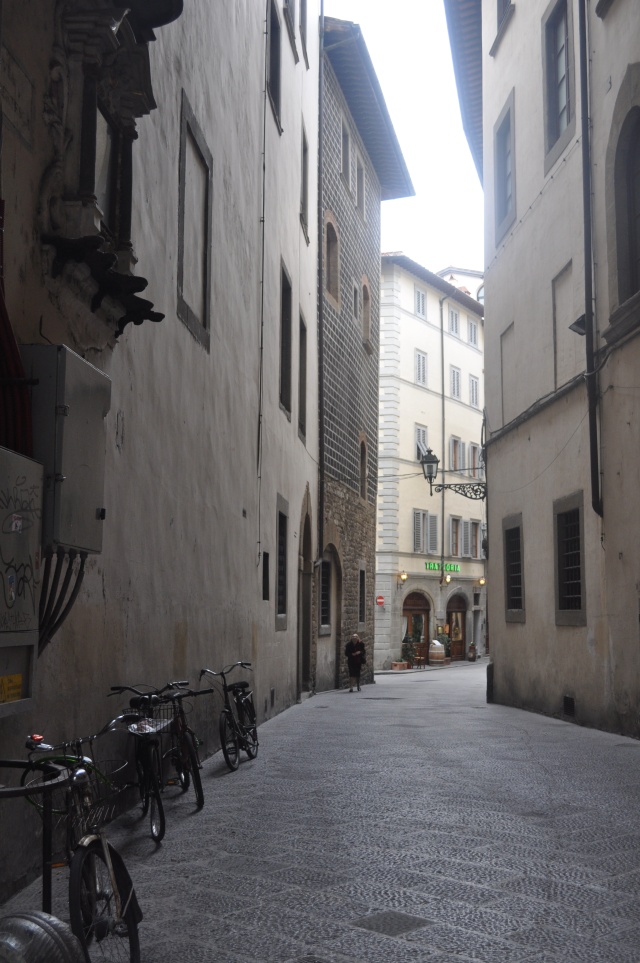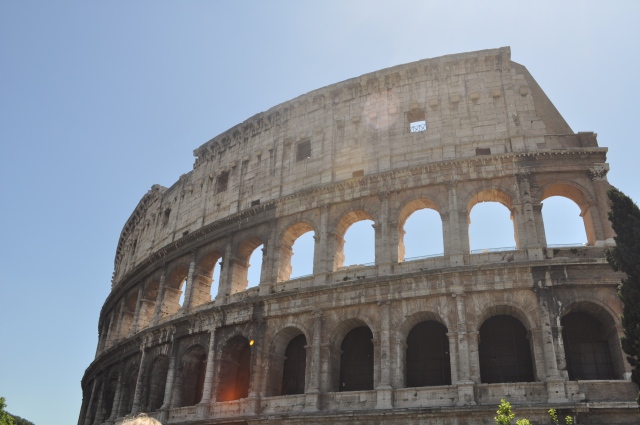It’s a Sunday. Not just any day. A day of so-called rest or restlessness. Let’s take a trip downtown. The weather is chilly, the sky is grey. The streets are deserted. Parking in the Whole Foods garage will cost you unless you spend $10 on groceries. Two boxes of cereal and some lemonade- $11 and change; not bad at all. Pick up some coffee at Starbucks (there is still no sitting inside) then wander along the streets.


The trees are finally springing leaves- makes for a nice contrast against the blue of the building across.
Walk through the Union Station which happens to the center of action to 17th street. A man wearing a purple cape slips into an alley covered with striking graffiti. Oxford Hotel, the oldest in Denver- had no clue.


Now back to the parking garage. Money well spent.




















